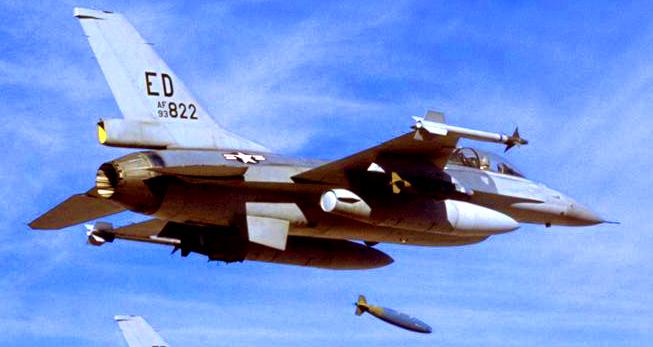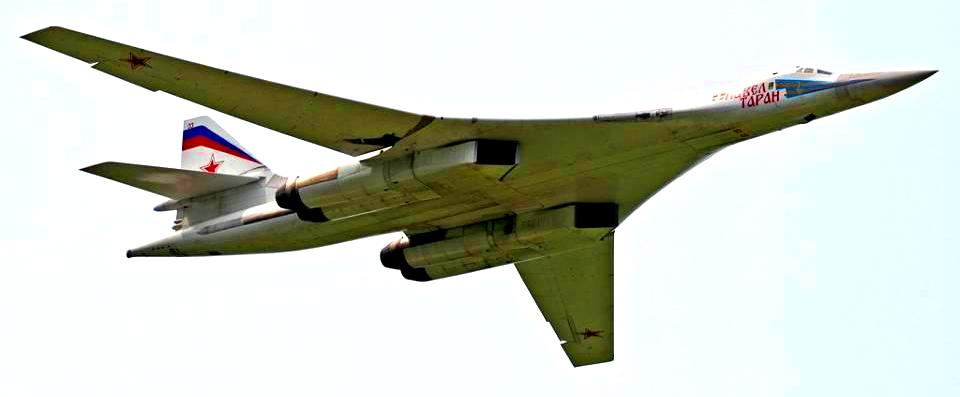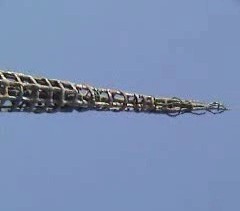Page 4




As was mentioned in our opening page, aeronautical engineers design and build airplanes. Let's shift into that realm for a moment or two.
HYPOTHETICAL
A very large aircraft has been built. It can lift its own weight into the air plus 30,000 kilograms; climb to an altitude of 25,000 meters; achieve a maximum speed edging MACH 6 (six times the speed of sound); and it is capable of traveling over a distance of 10,000 kilometers without refueling.
A government, somewhere in the world, has decided to turn that aircraft into a bomber. The task is assigned to a team of aeronautical engineers.
What must they do?
The team is going to have at least two major sub-tasks. The first is the creation of a 'bomb bay' inside the aircraft in which to place the bombs. The second is to install 'aerodynamically compatible' bomb bay doors; out of which said bombs can be dropped anywhere in the world on suspecting (or unsuspecting) souls more commonly referred to as the target. The former major sub-task is the pertinent one here.
We digress...
The 'airframe' of an aircraft is the 'chassis-like' structure onto which its aluminum or titanium or ??? skin is grafted. The fuselage section of the typical airframe resembles the photographs of Simon Rodia's Towers that we have turned side-ways.
Back the the problem...
The bomb bay is the area within the airframe that cradles the bombs and allows them to be dropped out of the aircraft at the precise instant that guarantees that they will fall exactly where desired. The bomb bay must also support the total weight of the bombs without unduly affecting flight characteristics and control or threatening the aircraft's structural integrity. In this instance, the latter is most pertinent to our hypothesis.
The aeronautical engineering team must calculate and determine how to evenly distribute the weight of the bombs over a length of the airframe and support said weight against the gravitational pull of the earth using the strongest points of said airframe.
"A light should be coming on for you just about now."
* Aircraft photos on this page were provided by USAF Colonel Mark Charles Dickerson, ret.